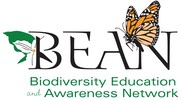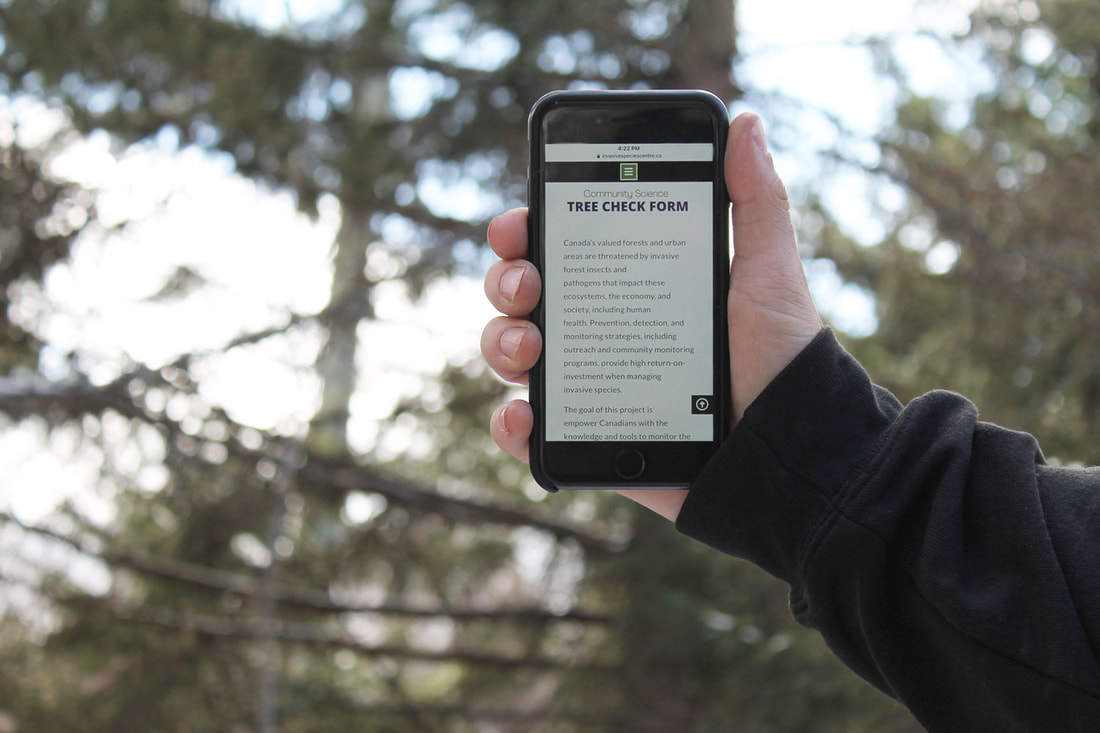|
By: Madison Sturba, Training & Outreach Intern, Invasive Species Centre Did you know that forests are home to more than 80% of all terrestrial species? Plants, animals, insects, and humans all benefit from the forests ability to stabilize climate, produce oxygen, regulate water, provide habitat, and supply food. Unfortunately, trees throughout Canada’s natural and urban forests are threatened by invasive insects and pathogens. In Ontario, about 40 invasive forest insects and 10 invasive tree diseases already impact and harm the province’s environment, economy, and society. These invasive species are introduced from other areas of the world and thrive in the absence of predators and host defences. Invasive insects and pathogens typically spread rapidly throughout their new environment, causing widespread damage in forest ecosystems. For example, defoliator species that feed on canopy leaves can severely impact forest productivity, reducing available food and habitat for native species. Spongy moth, an invasive defoliator, threatens over 300 different types of tree species alone! Other species, such as emerald ash borer, kill trees by feeding under the bark. Fallen trees that have died from these wood boring beetles can impact soil health and give invasive plants the opportunity to grow quickly with the extra sunlight. Thankfully, there’s an easy-to-use tool that can help monitor the health of trees and forests in Canada: the tree check form! The community science tree check, created by the Invasive Species Centre in partnership with the Canadian Food Inspection Agency, can be used by anyone interested in forest health and provides a simple guide for what to look for when surveying trees in your community. This form allows community members to assess and report the health of their backyard and neighbourhood trees without having any background knowledge of forestry or invasive species. The form outlines different signs and symptoms of invasive species that you can see visually, so no need for any extra equipment or devices. Simply pull up the form on your phone and answer the questions provided! These types of public reports help create a better understanding of the status of invasive species in Canada, both where species are present as well as areas they are not currently found. Reporting the health of trees (even if they’re healthy) is extremely important for early detection efforts and is an easy way to get involved in the fight against invasive species.
0 Comments
Leave a Reply. |
AuthorWrite something about yourself. No need to be fancy, just an overview. Archives
July 2024
Categories |


 RSS Feed
RSS Feed
